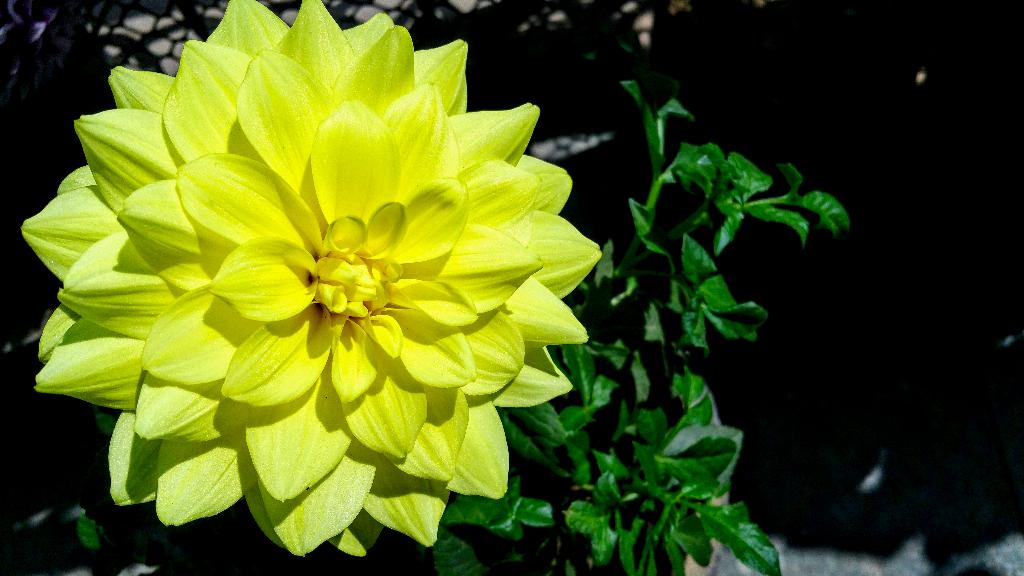If you’ve ever marvelled at the vibrant blooms of dahlias and wondered how these stunning flowers come to life, you’re in for a treat. Dahlias, known for their diverse colors and shapes, are grown from tubers, which are thin-skinned structures resembling a bulb but with a potato-like consistency. So, how exactly do these magnificent flowers grow?
First and foremost, the process of growing dahlias begins with planting tubers. This typically takes place in the springtime, coinciding with the planting schedule of vegetable gardens. It’s important to wait until the ground has warmed up enough for daily activities before embarking on this exciting journey of cultivating dahlias.
When planting dahlias, make sure to choose a sunny location with well-draining soil. Dahlias thrive in full sunlight, so finding a spot in your garden that receives ample sunshine throughout the day is essential for their growth and blooming potential. Additionally, good soil drainage will prevent waterlogging, which can lead to root rot and other issues.
Once you’ve selected the perfect planting spot, it’s time to prepare the soil for your dahlia tubers. Dig a hole that is about 6-8 inches deep and amend the soil with organic matter such as compost or well-rotted manure to provide nutrients for your dahlias. This rich soil environment will support healthy growth and abundant flowering.
After preparing the soil, place your dahlia tubers in the ground with the eye, or growing point, facing upwards. Cover the tubers with soil, leaving about 1-2 inches of soil above them. Water the newly planted tubers thoroughly to settle the soil and provide much-needed hydration for their initial growth stages.
As your dahlias begin to grow, it’s essential to provide them with regular care and maintenance to ensure optimal development. This includes watering the plants deeply once or twice a week, especially during dry periods, and applying a balanced fertilizer to support healthy growth and blooming.
Throughout the growing season, you may need to stake taller dahlia varieties to provide support for their stems and prevent them from bending or breaking under the weight of their blooms. This simple step can help your dahlias grow upright and showcase their beauty to the fullest extent.
Pruning is another important aspect of dahlia care, as it helps to promote continuous blooming and maintain a tidy appearance. Removing spent flowers, known as deadheading, encourages the plant to produce more blooms and prevents energy from being wasted on seed production.
As fall approaches and temperatures begin to cool, you’ll notice that your dahlia plants start to fade and prepare for dormancy. At this stage, it’s crucial to reduce watering to allow the plants to gradually enter dormancy. Once the foliage turns brown and dies back, you can carefully lift the tubers for storage until the next growing season.
Storing dahlia tubers involves cleaning them of excess soil, allowing them to dry in a cool, dry place, and packing them in peat moss or vermiculite for winter storage. Keeping the tubers in a frost-free environment will ensure their survival and readiness for planting again in the spring.
In conclusion, the process of how dahlias grow is a fascinating journey that begins with planting tubers in the spring and culminates in a spectacular display of colorful blooms throughout the growing season. By providing proper care, attention, and maintenance, you can enjoy the beauty of dahlias year after year in your garden.

